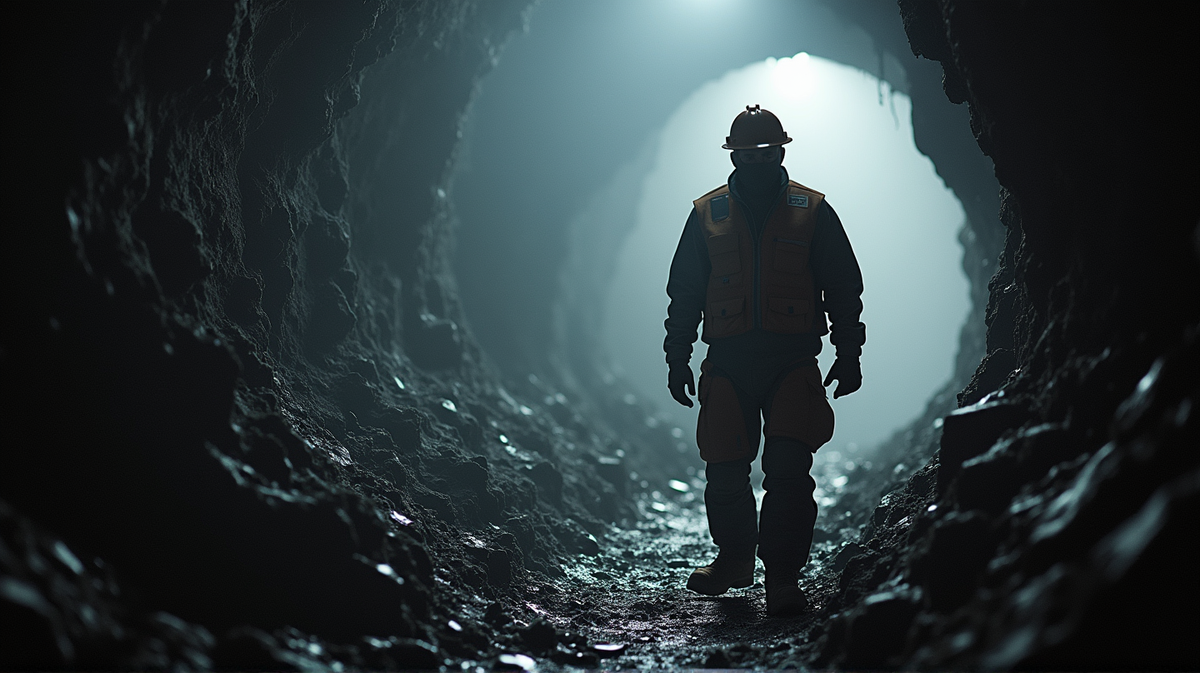Trump's Coal Expansion Ignites Outrage Amid Health Cuts: A Grim Reality for Miners
Trump's push for coal conflicts with health agency cuts, risking miners' safety with 'black lung' disease rising.

The Coal-Health Quandary
In what has become a flashpoint of controversy, President Trump’s robust push to expand coal mining while cutting funds to health agencies safeguarding miners has sparked widespread alarm. The Trump administration’s decisions seem to pull in opposing directions, with efforts to rejuvenate the coal industry contrasting sharply against reductions in health safety measures for miners. A fundamental question arises: How does one balance economic growth with human health and safety?
Miner Safety at Risk
At the crux of the concern lies the grim reality of occupational hazards that miners face, notably ‘black lung’ disease or pneumoconiosis. Agencies that focus on defending miners against these threats are witnessing unsettling cuts. A series of executive orders, promising to breathe life back into the coal employment sector, comes with the perilous downside of increased health risks, raising eyebrows and protests from worker advocacy groups. The United Mine Workers of America underscores the irony: expanding mines without safeguarding health means fewer healthy miners remaining to work.
A Shrinking Coal Industry’s Crossroad
The coal industry’s share has waned to a mere 15% of the US power grid, overtaken by cleaner energy options like natural gas, wind, and solar. Yet, despite this decline, Trump is spearheading an expansion initiative meant to signify a return to coal’s former glory. Such movements, however, are overshadowed by the mass layoffs at the federal health agencies, exposing miners to risks that modern advancements in workplace safety were meant to mitigate. According to The Guardian, these decisions are courting disaster.
The Trump-Musk Dynamic
A part of this sweeping change includes deep cuts overseen by Elon Musk’s informal ‘department of government efficiency,’ which have led to the gutting of vital agencies like the National Institute for Occupational Safety and Health (NIOSH). The ripple effect of such reductions is vast, impacting programs specifically designed to combat ‘black lung’ and other mining-related illnesses. The elimination of regional offices overseeing mine safety compels a question of priority versus economy.
The Looming Dust
As silicosis — an aggressive form of pneumoconiosis caused by silica dust — emerges, Trump’s administration surprisingly seeks to stall new regulations meant to curb exposure. A recent legal battle reflects this tension, highlighting the administration’s ambivalence towards implementing stringent health measures for miners. Delays in enforcing the silica dust rule symbolize more than bureaucratic hesitation; they signify an increasing vulnerability for next-gen miners against a long-understood peril.
Concerns from Voices of the Past
Figures like Greg Wagner, with decades spent battling occupational diseases, express confusion and frustration over these cuts. Wagner’s stance, shared by many, underscores a fundamental belief that health should not be sidelined in the revival of coal. The somber warning from seasoned health advocates presents a narrative that cutting-edge industry must keep in step with cutting-edge health standards, neither must lag behind if prosperity is to be truly inclusive.
An Uncertain Future
In the backdrop of dust-choked mines and economic ambitions, the coal industry stands on a precipice. Prosperity and safety need not be mutually exclusive, yet without balanced support, the very infrastructure built to ensure miner welfare crumbles. With a confusing web of politics, economy, and health, the current trajectory calls for a move towards sustainable and just solutions that cater to both heritage and humanity.





